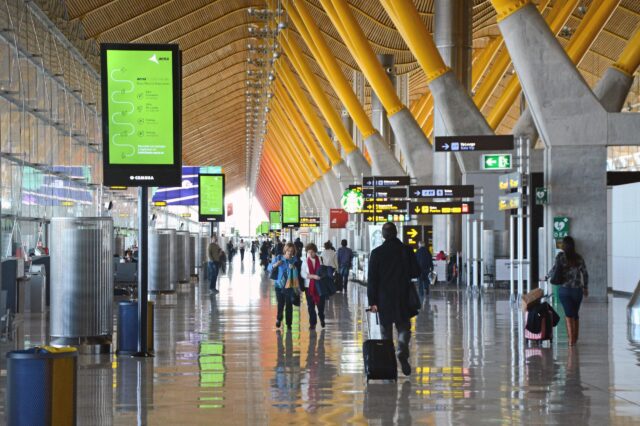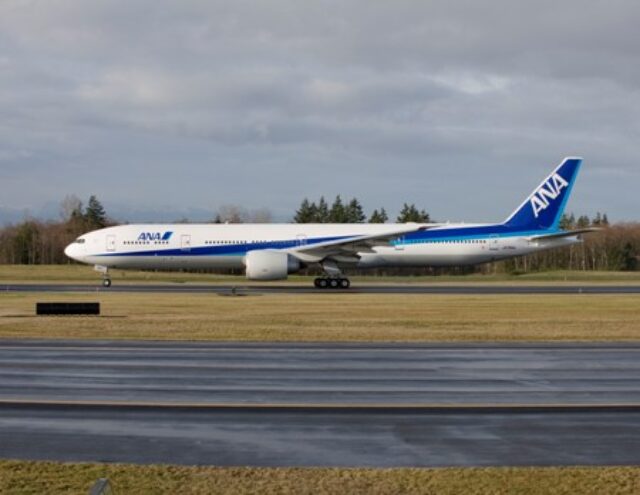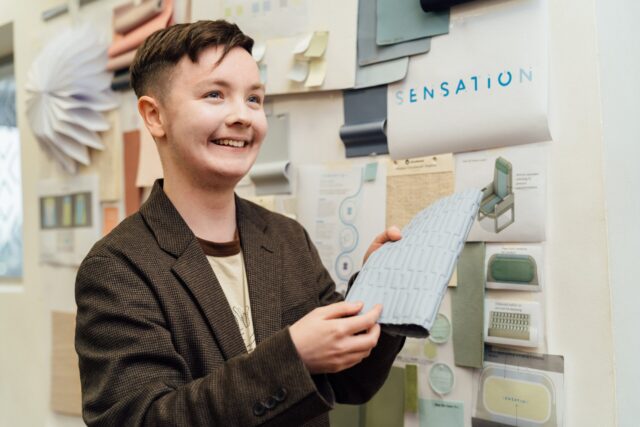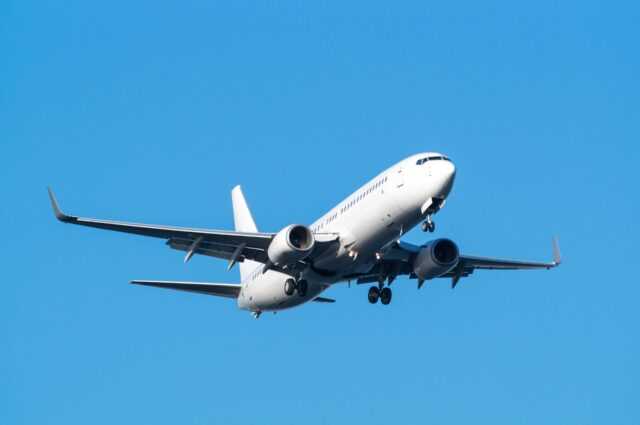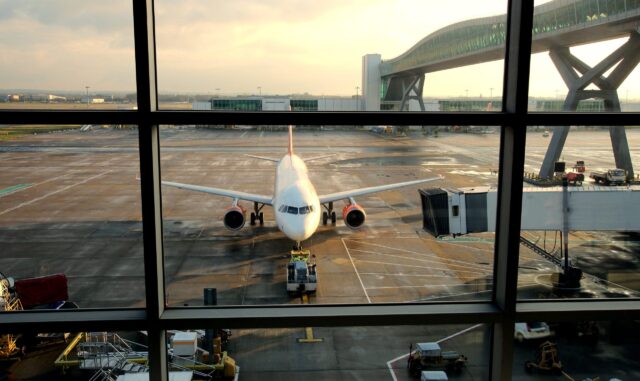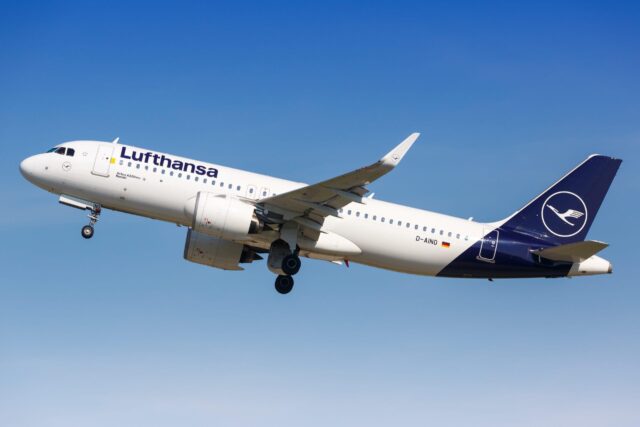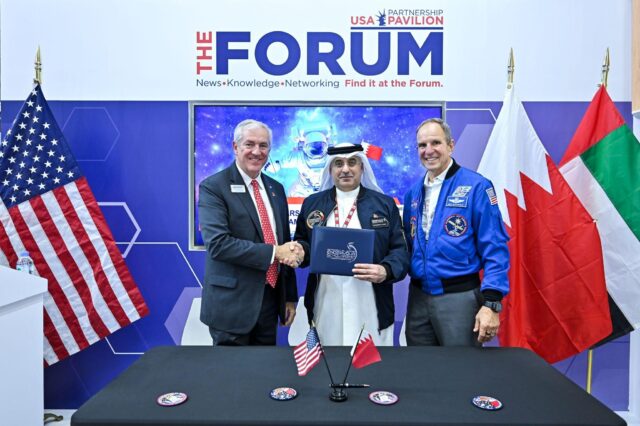VENOM-AFT fleet nears completion
April 5, 2025

The VENOM-AFT F-16s will be used as autonomous, AI-enabled ‘surrogates’ in support of the USAF’s Collaborative Combat Aircraft (CCA) effort.
The last F-16 for modification landed on 1 April. Three F-16s are already in the VENOM modification process, which includes hardware, software and instrumentation upgrades, that will eventually allow an autonomy package to fly the aircraft.
One change to the aircraft will be the inclusion of an auto-throttle, which will allow the autonomy flying VENOM to regulate both the flight control surfaces and the thrust.
Major Trent McMullen, the 40th Flight Test Squadron’s advanced capabilities division chief said that: “Modifying the aircraft is the result of a rigorous design phase and brings us one step closer to testing autonomy on a fighter jet with real mission systems and capabilities.”
The autonomy package that will be used has been tested in faster-than-real-time modelling and simulation environments in countless aircraft combat scenarios. Those simulations began in 2024 and included one-on-one and now two-on-two combat flights. These scenarios involved within-visual-range and beyond-visual-range missions. The data from these tests was analyzed to help test engineers to improve the autonomy.
McMullen explained that: “These simulations provide an efficient way to train the autonomy to learn complex air combat tactics. A specific scenario can be run 1,000 times and the variations and decisions made throughout that mission can be studied. We can then make recommendations to the developers on how to improve the autonomy’s behaviors and overall performance.”
The next step for VENOM development will be hardware and software-in-the-loop testing. With the software testing, test engineers want to ensure the VENOM autonomy connects to and communicates with the aircraft’s systems.
For hardware testing, the primary goal is safety. Test engineers will ensure and confirm that autonomous commands cannot break the aircraft or pilot, and cannot go past system limits or exceed the F-16’s cleared flight envelope regardless of the commands given to it. This is being done inside an F-16 flight simulator.
These tests will be critical for the human-on-the-loop role required for the VENOM project. When the aircraft begin actual flight testing, a test pilot will be on board to oversee the flight with the ability to start and stop the autonomy in real time. The hardware tests will examine how to manage aggressive aircraft maneuvers that are within the pilot’s physical and physiological safety limits.
Once the software and hardware tests are examined and cleared, the VENOM program will move to ground testing with a fully modified F-16.
The VENOM program will see simultaneous developmental and operational testing.
Lt. Col. Jeremy Castor, VENOM operational test lead said that: “Having both DT and OT pilots working and flying from the same location allows for daily collaboration and reduces the stove piping of knowledge and lessons learned.”
That collaboration will push the programme forward such that a fully modified aircraft will be ready to begin testing possibly within only 18 months of the first F-16s arriving.
McMullen said that: “As the VENOM program’s first flight approaches, we are excited to test novel autonomous solutions. The strides we’ve witnessed in the simulation environment suggest VENOM will help advance aerial combat capabilities for future crewed and uncrewed platforms.”




